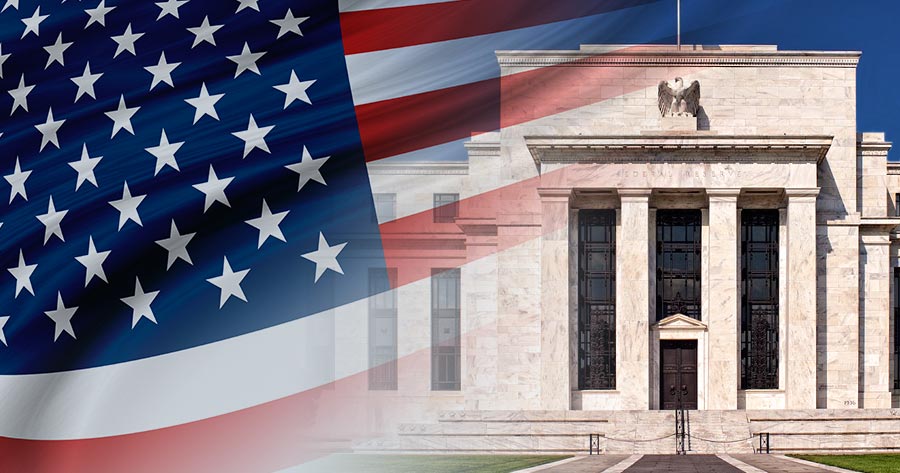On Monday, Four Federal Reserve policymakers voiced support for additional interest rate cuts, but could not agree on the pacing of the cut.
Three out of four favor a slower pace for rate reduction, indicating the strength of the economy and an uncertain prospect.
The last one, San Francisco Fed President Mary Daly, said that the rate cut should not be hindered by a strong economy, and as long as inflation continues to drop, the central bank should continue to trim the rate down.
These comments gave a glimpse into the behind-the-scenes debate of the suitable path for the policy in the upcoming Fed policy meeting on Nov. 6-7.
Until the Fed announces its new policy after the meeting on Nov. 7, the U.S. central bankers will cease all communication with the public.
Jeffrey Schmid, Kansas City Fed President, expressed to the Certified Financial Analysts Society of Kansas City, that he would prefer the rate cut to be more gradual and avoid causing the financial market to be more volatile.
Dallas Fed President Lorie Logan also made the same remark to the Securities Industry and Financial Markets Association in New York. He added that if the economy went in the same direction as she expected, the gradual lowering of the policy rate toward a more neutral level would help mitigate the risk and further the Fed goal.
Last month, the Fed slashed the policy rate by half a percentage point to a 4.75-5% range due to a calming in both inflation and the labor market.
At that time most Fed policymakers thought that a further and smaller rate cut would be sufficient enough.
Since then, retail sales and the job market have seen unexpected growth in September, leading to speculation on the Fed’s next policy meeting resulting in an even slower rate cut or a pause entirely.
In an interview with the Wall Street Journal, Daly implied that she would not support a pause, she said that there is no information that would indicate any pause on the rate cut, and added that this is already a very tight interest rate for an economy that is going for 2% inflation, and she does not want to see the labor market slow any further.
Daly also mentioned that the Fed should be more open-minded about the possibility of leveraging stronger productivity growth to stimulate faster economic growth without pushing inflation up and allowing the central bank to curtail interest rates.
Neel Kashkari, President of the Minneapolis Federal Reserve, also voiced support for a slow and gradual approach to the rate cut for the next several quarters. He reasoned that the policy rate will eventually reach the neutral point where borrowing costs no longer affect growth, and he would rather keep the labor market strong and inflation on course for the 2% goal.
Meanwhile, if the labor market sharply declines, Kashkiri said in a town hall at the Chippewa Falls Area Chamber of Commerce that he would advocate for a faster cut instead.
Among the four Fed officials who voiced their opinion on Monday, only Daly is the current voter on the policy-setting Federal Open Market Committee, however, all Fed officials would attend the meeting and voice their opinion down the line.





